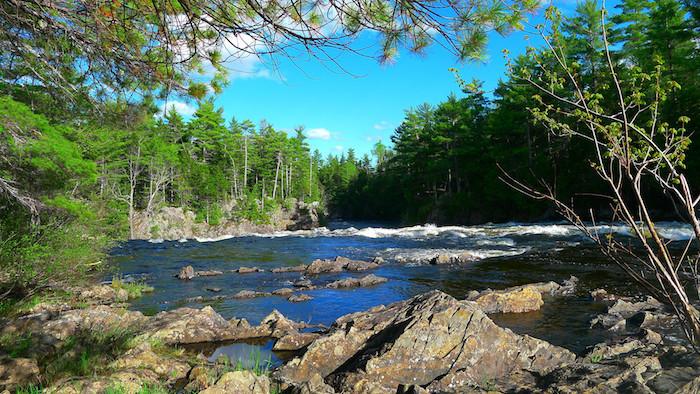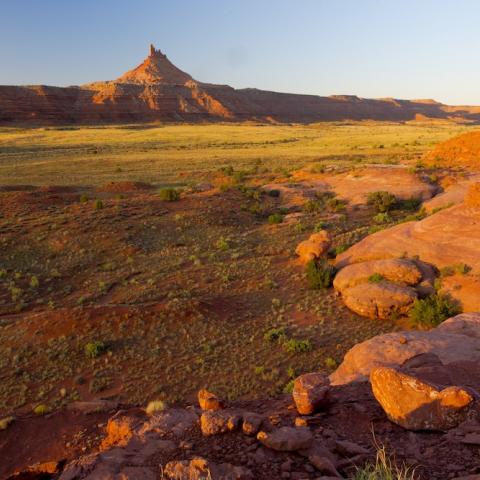
A forum on Thursday will explore the benefits of national monuments, such as Katahdin Woods and Waters (above), to many segments of American society/Maine Office of Tourism
A forum is scheduled for Thursday to bring together speakers who can address how a weakening of protections for national monuments would impact diverse American communities.
Hosted by U.S. Rep. Raúl M. Grijalva, D-Arizona, the forum will feature leaders from the House Veterans’ Affairs Committee and House Small Business Committee.
The forum, A Monumental Mistake: The Implications of President Trump’s Executive Order on National Monuments, will examine the recreational, preservation, and economic benefits of national monument designations under the Antiquities Act. Speakers will highlight how Interior Secretary Ryan Zinke’s ongoing “review” of more than two dozen national monuments, which 86 House Democrats opposed in a May 25 letter to Secretary Zinke, threatens to reduce public access to public lands and harm local economies.
The forum is scheduled to start at 3 p.m. Eastern. It is to be held in Room 340 in the Cannon House Office Building. The forum is open to the public and members of the press. Those unable to attend can watch a livestream at http://dems.gov/live.
President Trump in late April signed an executive order directing the Interior Department to review national monuments designated by the last three presidents, going back to 1996 when President Clinton established Grand Staircase-Escalante National Monument in Utah via his authority under the Antiquities Act. During the signing ceremony, the president implied that past presidents ignored area residents when they designated national monuments on lands owned by the federal government.
"Today I'm signing another executive order to end another egregious abuse of federal power, and to give that power back to the states and to the people where it belongs," President Trump said on April 26. "The previous administration used a 100-year-old law known as the Antiquities Act to unilaterally put millions of acres of land and water under strict federal control. Eliminating the ability of the people who actually live in those states to decide how best to use that land.
"Today we're putting the states back in charge," he added.
At the time, Secretary Zinke said the executive order would not abolish any monuments and does not weaken any environmental regulations, but is designed to review how the Antiquities Act has been used.
The Interior secretary is to report to President Trump by June 10 on whether Bears Ears National Monument in Utah should be reduced in size or even abolished, and whether Grand Staircase-Escalante National Monument, also in Utah, should be reduced in size.
Secretary Zinke must deliver a more comprehensive report to the president in August on his recommendations for more than two dozen other national monuments, including Upper Missouri River Breaks in his home state of Montana. According to Rep. Grijalva, despite Republican rhetoric to the contrary, President Trump has no power to rescind or shrink national monuments through executive action, as multiple legal analyses – including a 1938 attorney general finding, a paper by the firm Arnold & Porter and a recently published expert analysis of relevant legal and legislative history – have found.
There have been diverging legal opinions on what authority the president has in terms of reducing or doing away with existing monuments.



 Support Essential Coverage of Essential Places
Support Essential Coverage of Essential Places







Comments
Biodiversity Focused
Cascade-Siskiyou National Monument, Oregon
https://www.biologicaldiversity.org/news/press_releases/2017/national-mo...
https://www.facebook.com/cascadesiskiyou/
https://www.facebook.com/cascadesiskiyou/videos/1655649218067824/
https://www.pcta.org/wild/hike-from-wild/cascade-siskiyou-national-monum...
http://wilderness.org/blog/take-action-biodiversity-focused-oregon-monum...